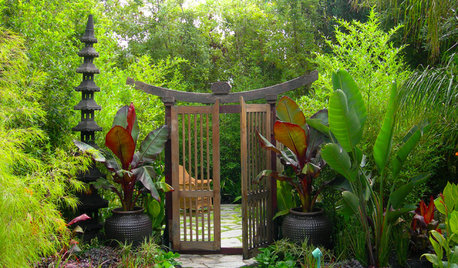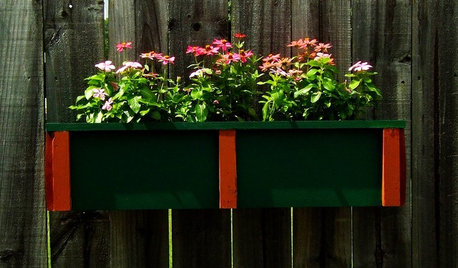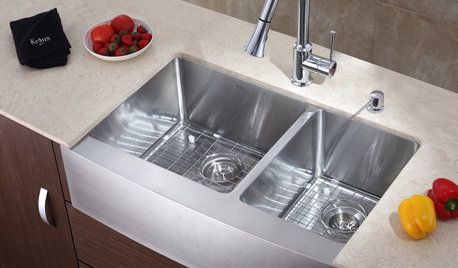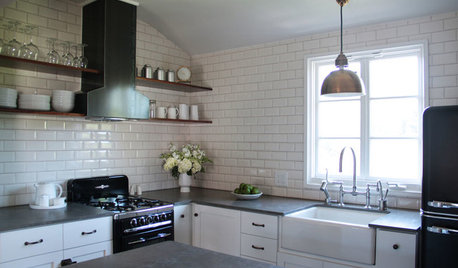Newbie container gardener seeks advice on big box
Pantagruelia
18 years ago
Related Stories

FARM YOUR YARDAdvice on Canyon Farming From L.A.'s Vegetable Whisperer
See how a screened garden house and raised beds help an edible garden in a Los Angeles canyon thrive
Full Story
KITCHEN DESIGNSmart Investments in Kitchen Cabinetry — a Realtor's Advice
Get expert info on what cabinet features are worth the money, for both you and potential buyers of your home
Full Story
FARM YOUR YARDHow to Grow Vegetables in Containers
Get glorious vegetables and fruits on your patio with a pro’s guidance — including his personal recipe for potting mix
Full Story
PLANTING IDEASStretch the Budget, Seasons and Style: Add Conifers to Your Containers
Small, low-maintenance conifers are a boon for mixed containers — and you can transplant them to your garden when they’ve outgrown the pot
Full Story
FARM YOUR YARD10 Easy Edibles to Grow in Containers
These herbs, vegetables and fruits are just as happy in a pot as they are in the ground
Full Story
CONTAINER GARDENS10 Ways to Take Containers Beyond the Patio
Enliven your landscape with pots and containers
Full Story
DIY PROJECTSNeat Little Project: A Wooden Planter to Hang Anywhere
Dress up a drab wall or window with this planter box you make yourself. Or just set it on a patio for the easiest 'installation' of all
Full Story
MOST POPULAR8 Little Remodeling Touches That Make a Big Difference
Make your life easier while making your home nicer, with these design details you'll really appreciate
Full Story
KITCHEN DESIGN10 Big Space-Saving Ideas for Small Kitchens
Feeling burned over a small cooking space? These features and strategies can help prevent kitchen meltdowns
Full Story
LIFERetirement Reinvention: Boomers Plot Their Next Big Move
Choosing a place to settle in for the golden years? You're not alone. Where boomers are going and what it might look like
Full Story






tapla (mid-Michigan, USDA z5b-6a)
PantagrueliaOriginal Author
Related Professionals
Otsego Landscape Architects & Landscape Designers · Woodinville Landscape Architects & Landscape Designers · Lancaster Landscape Contractors · San Pedro Landscape Contractors · Antioch Landscape Contractors · Camp Springs Landscape Contractors · Bell Gardens Solar Energy Systems · Benicia Solar Energy Systems · Wichita Window Contractors · Eastvale Window Contractors · Huntington Park Window Contractors · Pacifica Window Contractors · Phelan Window Contractors · Westchester Window Contractors · Oldsmar Fence Contractorstapla (mid-Michigan, USDA z5b-6a)
jenny_in_se_pa
tapla (mid-Michigan, USDA z5b-6a)
PantagrueliaOriginal Author